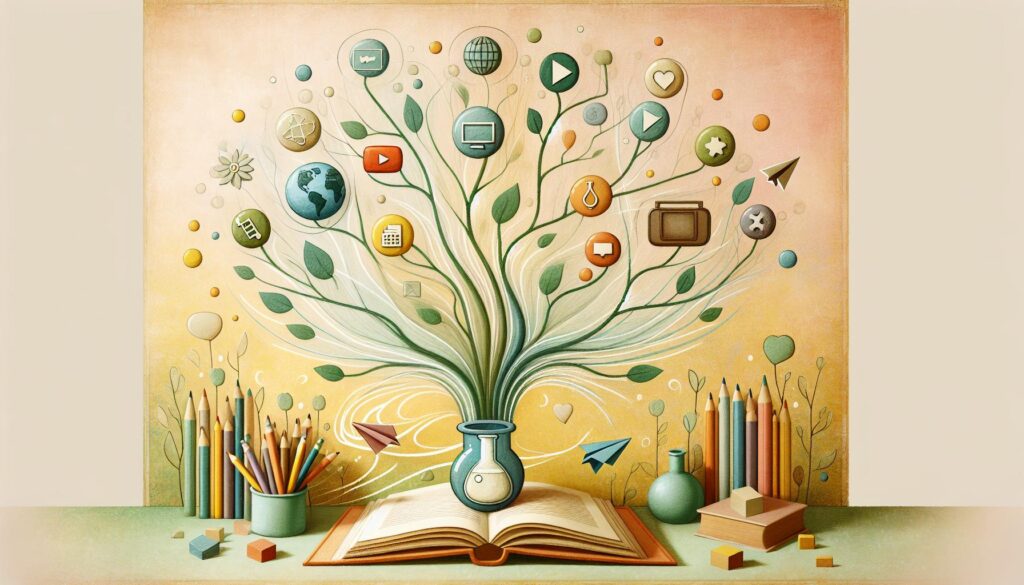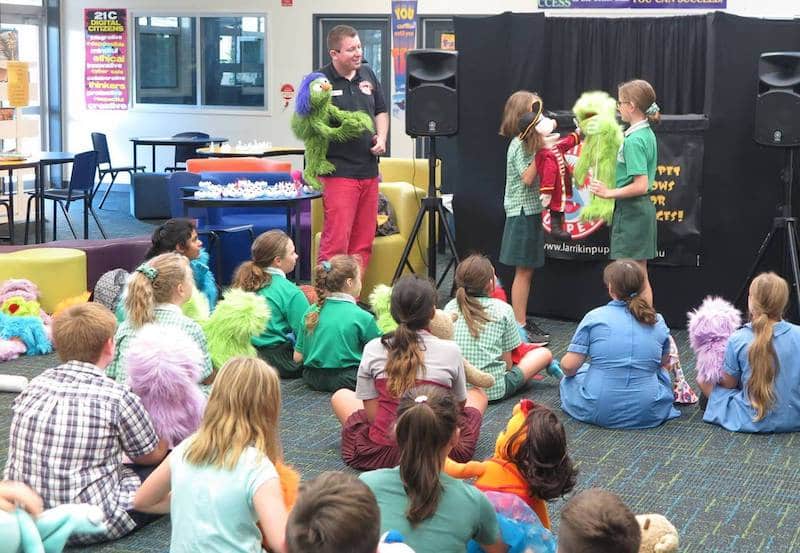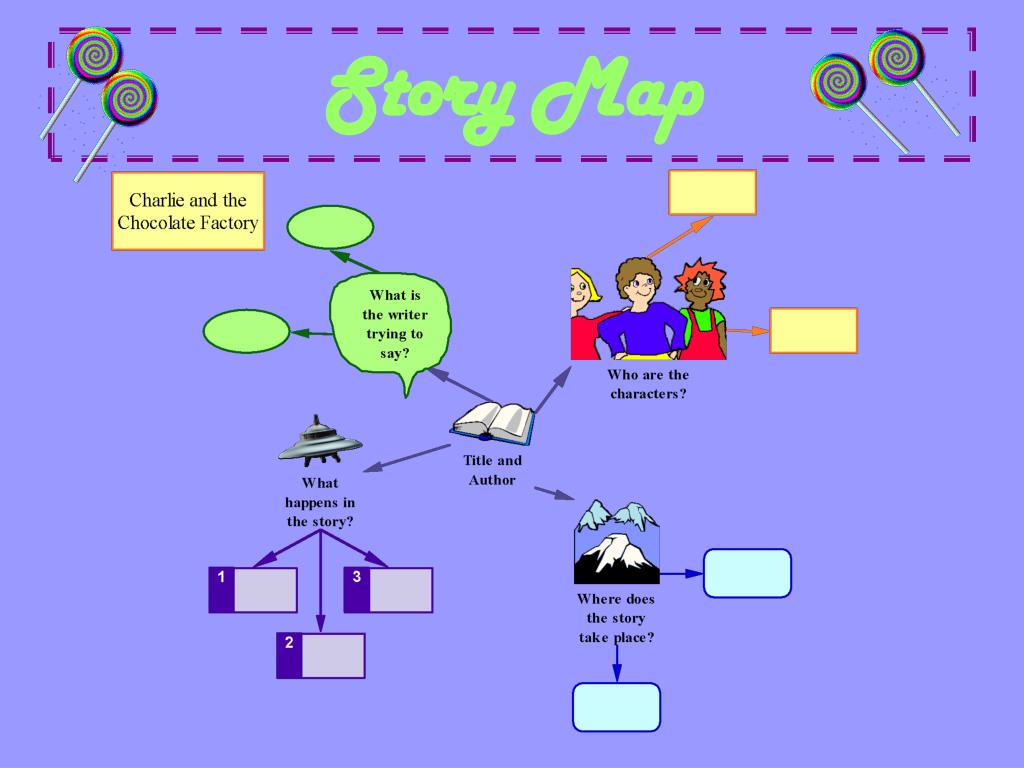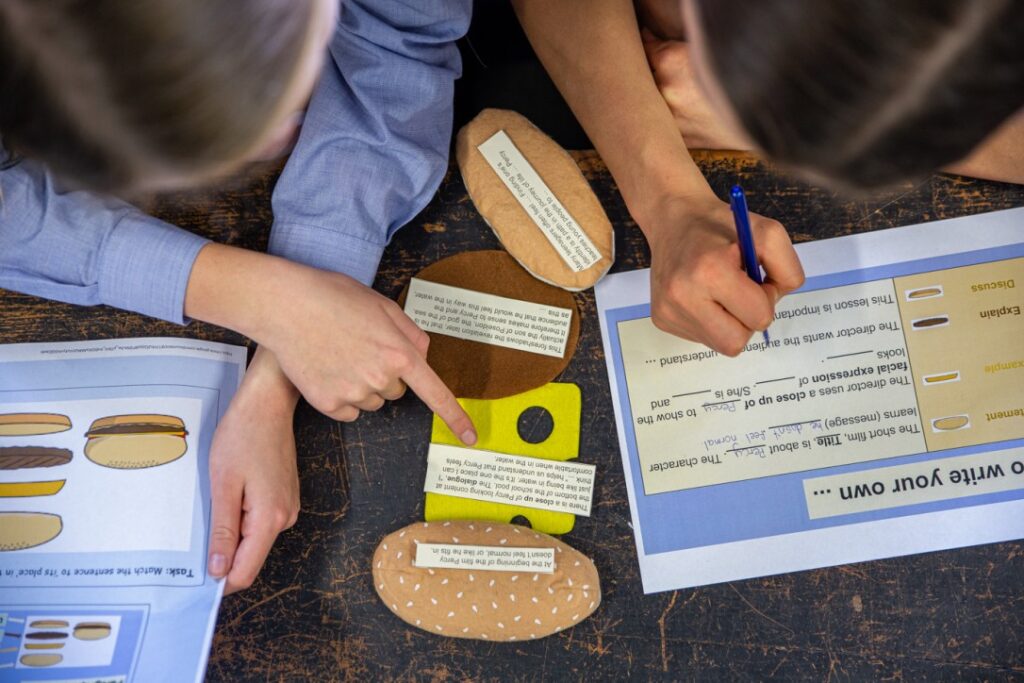Incorporating literature and arts into English language teaching creates a dynamic and creative approach that fosters language development. This strategy not only enhances comprehension but also taps into students' creativity, encouraging deeper engagement with the learning process. Numerous studies affirm the positive effects of integrating arts in language instruction, such as improved vocabulary retention, reading comprehension, and increased motivation among learners (Duma, Silverstein, & Scher, 2019). This article explores the significance of blending literature with crafts in English instruction and presents practical activities that reinforce language learning through creative expression.

Craft Activities to Complement Literature
Craft activities serve as a hands-on method to deepen students' engagement with literature. When carefully selected, these activities can enhance cognitive development, support language acquisition, and stimulate creativity. Ensuring that crafts align with literary content and are age-appropriate is essential, as this alignment maximizes the impact on comprehension and creativity (Ewing, 2010).

Creating Character Puppets (Ages 5-7)
For younger learners, making character puppets provides an interactive approach to connecting with literary texts. This hands-on activity reinforces character comprehension while facilitating vocabulary practice, including thematic elements such as objects, time-related concepts, and actions. Research supports the use of visual aids like puppets as effective tools for enhancing vocabulary acquisition and storytelling skills in early language learners (Barbot & Lubart, 2012). By integrating visual and kinesthetic learning, this approach fosters deeper linguistic engagement and cognitive development.
Designing Story Maps (Ages 8-10)
For middle primary students, creating story maps is a valuable tool for visualizing and summarizing plot development. For instance, after reading Charlie and the Chocolate Factory by Roald Dahl, learners can design maps of Willy Wonka’s factory to represent key events and practice sequencing skills, thereby enhancing their comprehension of the narrative structure. Visual mapping techniques, such as these, have been shown to improve both memory recall and overall comprehension, making them especially beneficial for language learners in literacy development (Zarei & Gholami, 2017).

Making Personal Diaries (Ages 11-14)
For older learners, crafting personal diaries from a character’s perspective facilitates an exploration of character motivations, emotions, and internal conflicts. This reflective exercise encourages students to engage in deeper analysis, promoting critical thinking and advanced writing skills. By adopting a character’s voice, learners cultivate empathy and gain a nuanced understanding of the text. Research indicates that introspective tasks significantly enhance linguistic proficiency, especially in narrative writing, while fostering emotional engagement with literature (Cremin, Bearne, & Dombey, 2006). Diary writing allows students to express complex thoughts, integrating personal reflection with textual analysis, and strengthening both cognitive and linguistic abilities.
The Importance of Combining Literature and Crafts
Integrating literature and crafts in English language teaching offers numerous benefits that can support students' language development in meaningful ways.
Enhanced Engagement and Motivation
Crafts add a hands-on, interactive dimension that makes language learning more enjoyable. Studies show that arts-based activities capture students' attention, increasing motivation and participation in language learning (Winner, Goldstein, & Vincent-Lancrin, 2013). Using arts in early education, in particular, cultivates a positive attitude toward language learning, which is crucial for long-term success (Gibson & Ewing, 2011).
Multisensory Learning
Craft activities create an engaging multisensory learning environment. Integrating reading with visual and kinesthetic tasks enhances comprehension, retention, and information processing. Cognitive research supports the idea that multisensory learning leads to deeper cognitive processing and improved retention by engaging various neural pathways (Shams & Seitz, 2008). Crafting activities linked to literature, like building a model based on a story, helps learners connect the physical experience with content, fostering a deeper understanding (Samaras, Kayler, & Spiess, 2016).

Language Development in Context
Craft activities offer a rich, contextualized environment for language acquisition, where vocabulary and grammar are naturally embedded within meaningful tasks. Research shows that contextualized language learning is more effective than traditional methods, such as rote memorization, in promoting language retention and comprehension (Fisher & Frey, 2014). By embedding linguistic elements within creative activities, learners can engage with language authentically, enhancing their ability to grasp and apply vocabulary and grammar structures. This approach encourages descriptive language skills, especially regarding settings, characters, and narrative elements, enriching both linguistic and literary comprehension.
